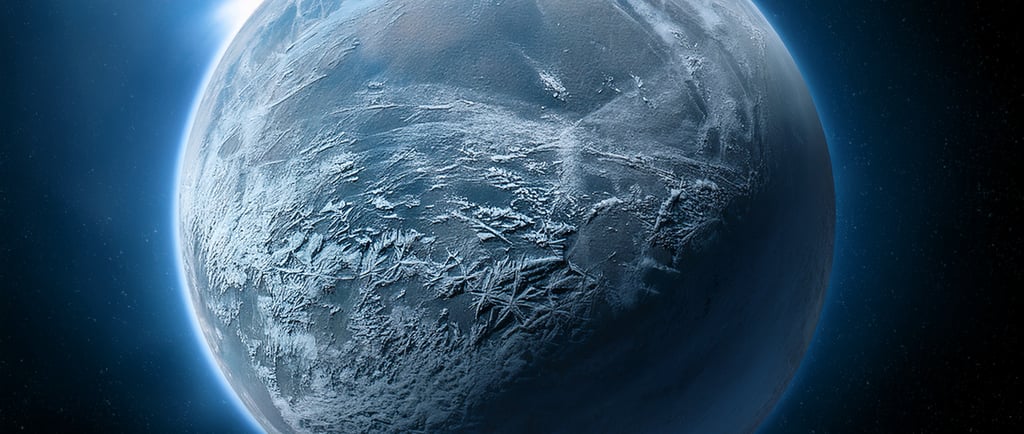WD 1856 + 5344b: The Coldest Exoplanet in Our Cosmos


Introduction to WD 1856 + 5344b
Among the myriad exoplanets that have been discovered in recent years, WD 1856 + 5344b stands out for its extraordinary conditions. Located approximately 80 light-years from Earth, this gas giant is notable for living in an extreme environment that challenges our understanding of planetary formation and survival. With a remarkably low temperature of -125 degrees Fahrenheit (-87 degrees Celsius), it has now secured the record for the coldest exoplanet known to date.
Characteristics of WD 1856 + 5344b
WD 1856 + 5344b orbits a white dwarf star, a celestial remnant of a star that has exhausted its nuclear fuel and undergone dramatic transformations throughout its lifecycle. This particular planet orbits its host star extremely closely, potentially within a zone previously thought to be inhospitable to planetary bodies. This 'forbidden zone' was deemed uninhabitable due to the intense forces unleashed during the star’s transition from a red giant phase.
The unprecedented proximity of WD 1856 + 5344b to its white dwarf raises intriguing questions about its formation and the evolution of planetary systems. Its ability to exist so close to its host star suggests that it may have been formed beyond the volatile zone and migrated inward over time, defying expectations about the stability of planetary environments near aging stars.
The Significance of Discovering WD 1856 + 5344b
The discovery of WD 1856 + 5344b has significant implications for our understanding of planetary resilience and the diversity of environments that planets can inhabit. The extreme conditions present on this cold exoplanet demonstrate that life, if it exists, may find a niche even in harsh settings. Moreover, this finding challenges the prevailing theories regarding the habitability of planets around white dwarf stars and opens new avenues for research in astrobiology.
Furthermore, studying WD 1856 + 5344b sheds light on the characteristics and lifespan of planetary systems. Each new piece of information we gather from such distant worlds adds depth to our comprehension of planetary dynamics, formation, and the future of our solar system.
In summary, WD 1856 + 5344b not only sets a record for being the coldest known exoplanet but also serves as a testament to the diversity and complexity of planetary systems within our universe. Continued observation and research on this gas giant and its white dwarf companion promise to enhance our understanding of the cosmos and the forces that shape it.
